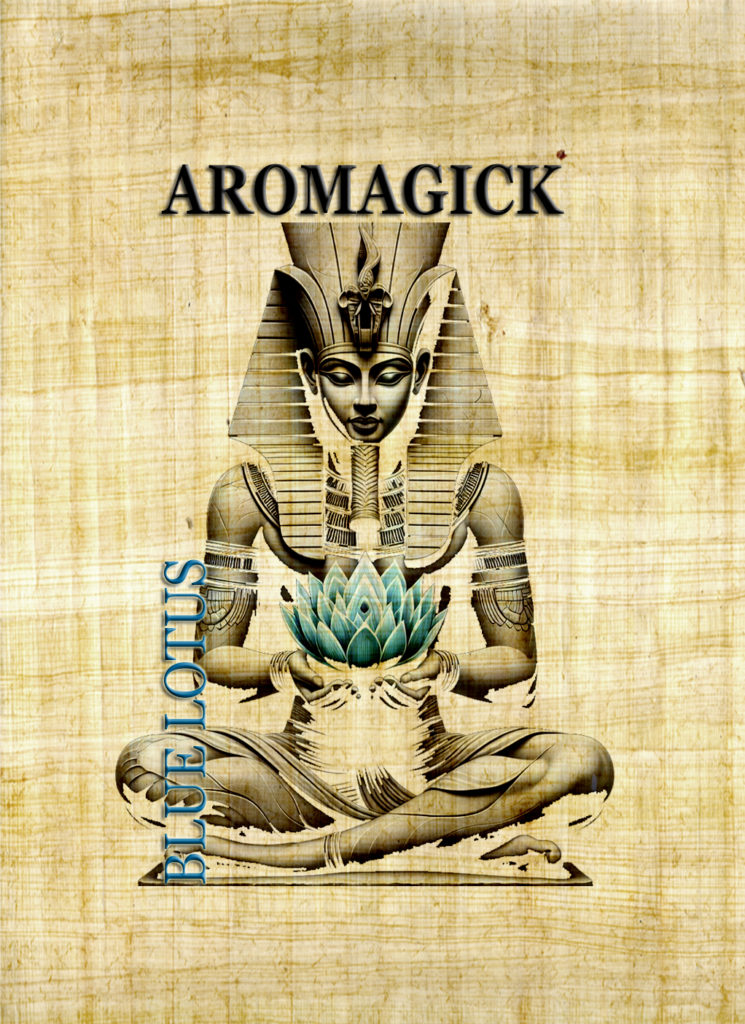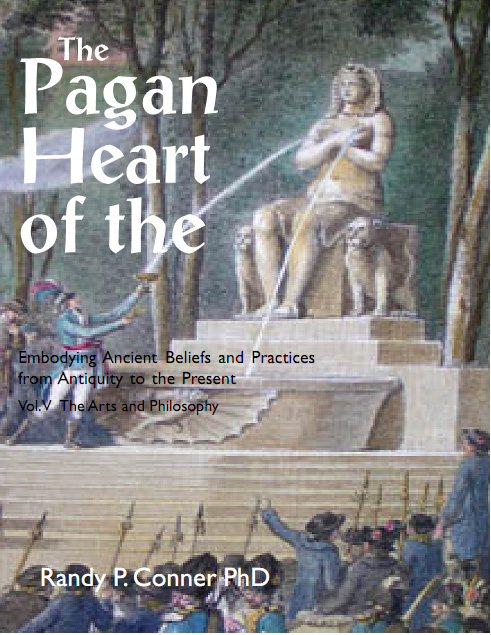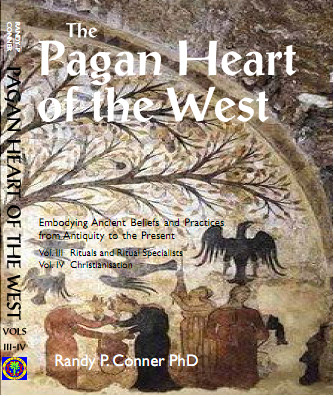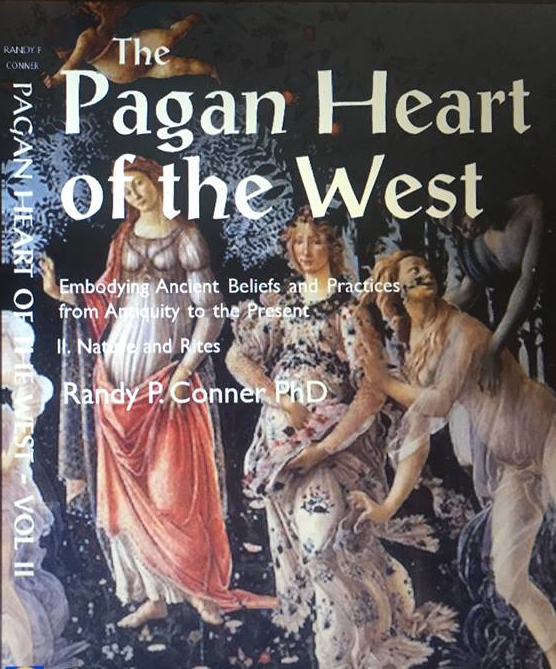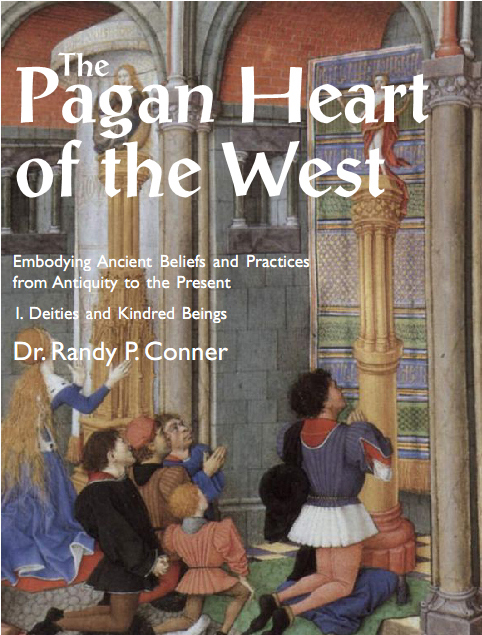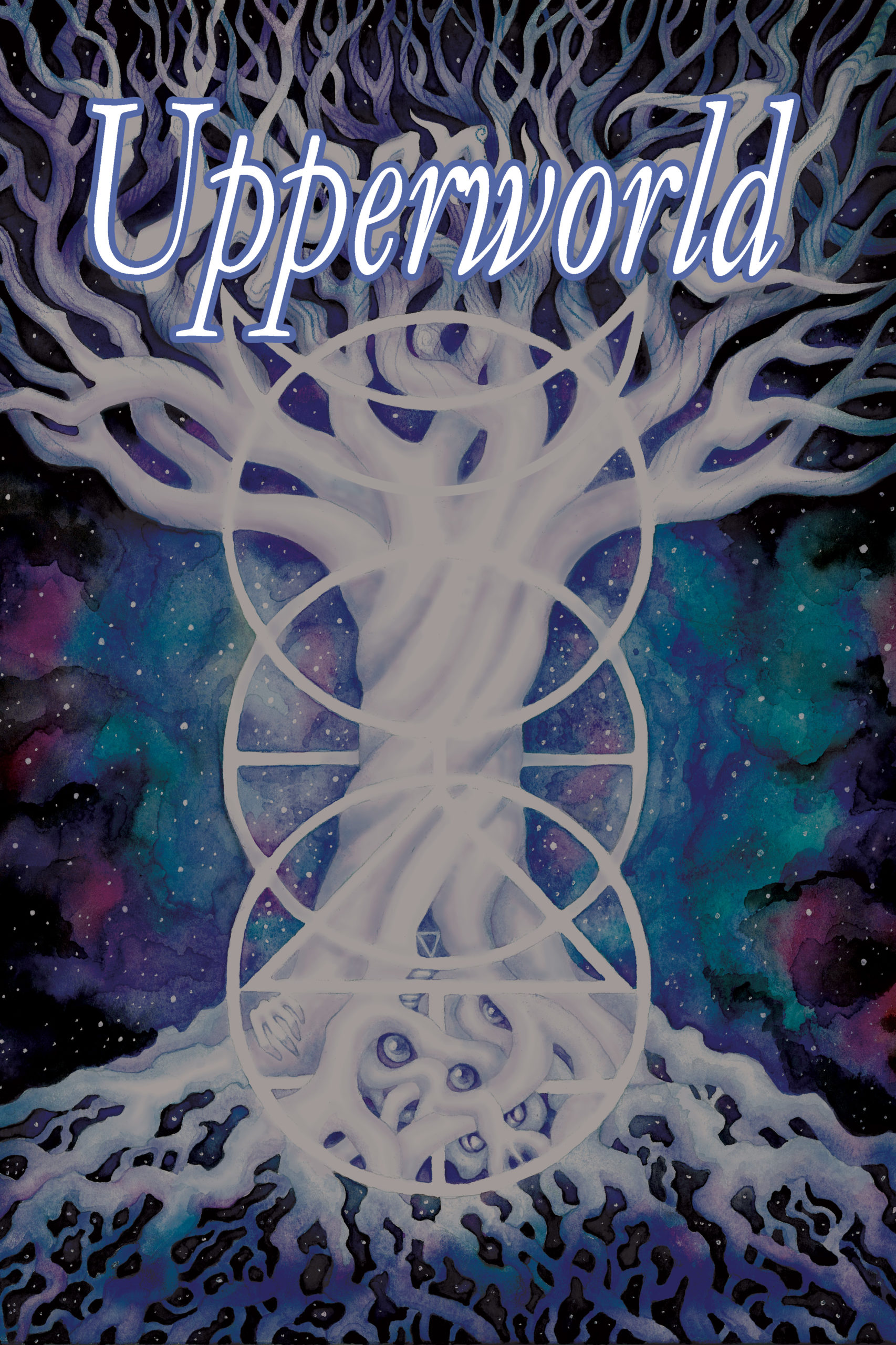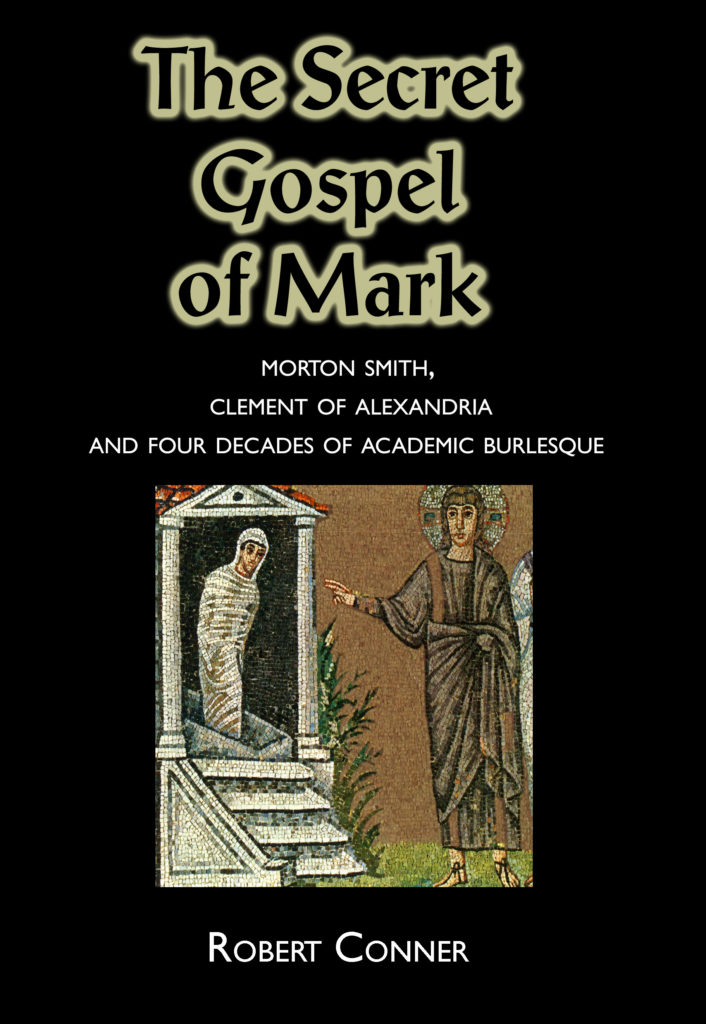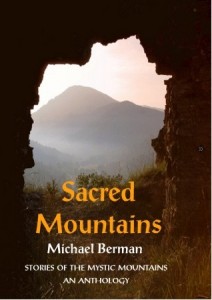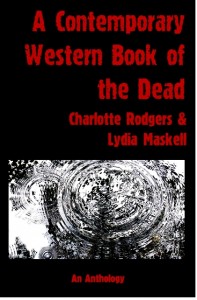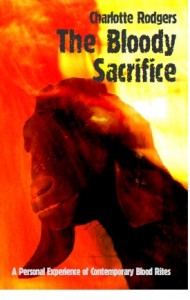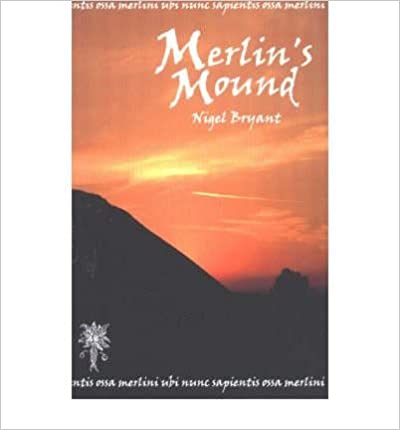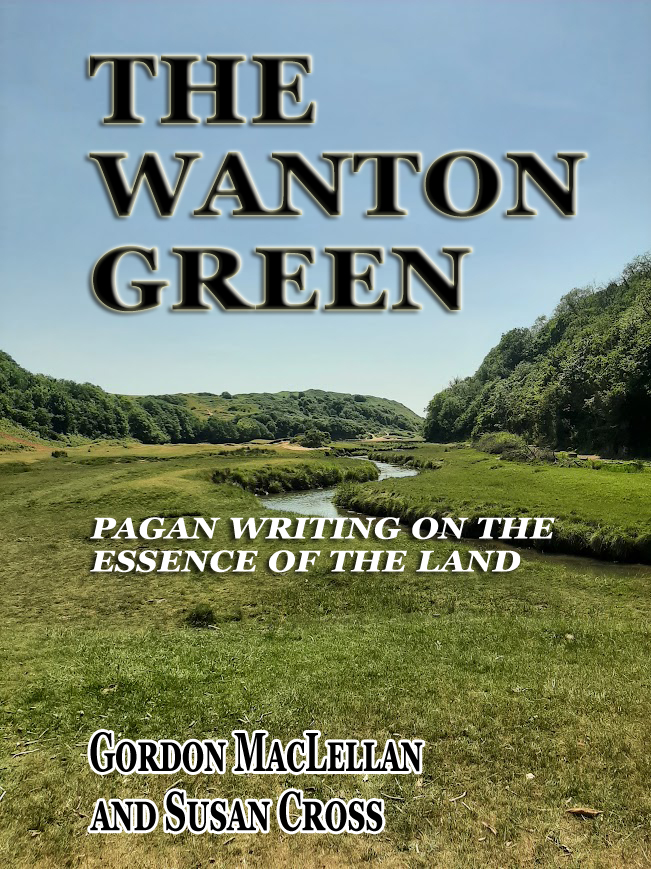Death, Ancestors & Magical Rites
Chris Allaun
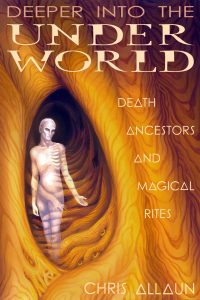
Deeper into The Underworld
Death, Ancestors & Magical Rites
Chris Allaun
Format: Softcover
ISBN: 978-1-906958-82-4
£15.00 /US $24.00
Subjects: Shamanism/Magic/Healing/Afterlife/Death Customs/Spirits Communication/Spirituality.
Deeper into the Underworld we go…
The Underworld is home to our beloved ancestors, those who gave us our flesh and blood and our breath. Their blood flows through our veins and contains great magick and power. They have the ability to help us heal old karmic wounds of the past and aide us in our spiritual development. They can teach us many things about the world of spirit. All we have to do is honor them. All we have to do is call to them.
The cycles of Life are sacred to our pagan and magical cosmology, but what of Death? As we honor life, so, too, must we honor the sacredness of death and dying. As we go further in our Underworld studies, we will learn about the Angel of Death and energetic process of dying. Death is not the end. It is a magical transition into the world of spirit where we are rejoined with our beloved ancestors. The Ancestors are our link to our past. We will learn to honor them and create a sacred shrine so that we may commune with them in a magical and healing way. By honoring the ancestors, we will strengthen our bonds with the spirits and learn to heal our family karma that began long ago and affects us even today.
By learning to work with the ancestors, we will learn to work with the spirits of the dead for magick and healing. We will learn how ancient cultures summoned the beloved dead to heal grief and say final goodbyes. We will also learn magical techniques to summon the shades of the dead and the Hidden Company; those powerful spirits that can teach us ancient wisdom of long ago that can help us tread our spiritual path to find balance and healing.
Click to buy UK edition
Click to buy US edition
Click here for Kindle UK edition
Click here for Kindle USA edition
Read Alanna Wright’s review of Deeper Into the Underworld: Death, Ancestors and Magical Rites, published in Spiral Nature Magazine
www.spiralnature.com/reviews/deeper-into-underworld-chris-allaun/
Deeper Into the Underworld: Death, Ancestors and Magical Rites
by Chris Allaun
Mandrake of Oxford, 9781906958824, 203 pp., 2018.
”Chris Allaun has released Deeper Into the Underworld: Death, Ancestors and Magical Rites as a follow-up to his first book Underworld: Shamanism, Myth and Magick. In this book, Allaun brings to life, or rather life after death, the powerful practice of ancestral spirit worship and highlights the immense spiritual benefits that come from learning to commune with the deceased. The theme of death runs strong through the book yet Allaun has presented the material in such a way that allows the reader to open to the power of Underworld forces in much the same way as shamans, witches, and magicians have for countless centuries — with the knowledge needed to access this realm, courage to face the reality of death and wisdom to tap into the spiritual power of this domain.
Written in a very straightforward and easy-to-read style, Allaun provides the reader with real-life experiential advice on how to work with ancestors as part of their magical practices. He explains,
“Honoring the dead is one of the most important parts of spirituality. We often honor our gods and goddesses and even nature spirits, but sometimes forget the most important spirits to honor; our beloved dead. Our ancestors are our family. They are our grandmothers and grandfathers and our grandmothers and grandfathers before that. They hold an energetic and magical link to us. We may not realize it, but there is a current of power that goes from us to our ancestors and from them back to us. It is strong. It is powerful. Is it the bond of family.”
In no way does Allaun skimp on ideas for how to establish and strengthen this connection to our ancestors. He offers a variety of methods that can be easily incorporated into one’s magic to help the reader open the channel to commune with their ancestors. Detailed is the way to set up an altar, created sacred space and maintain a daily devotional practice to honour loved ones who have passed on. Allaun highlights the importance of sustaining an ongoing relationship with our ancestors, rather than only honouring them sparsely through the year, as the way to truly bring them into your home and spiritual life. In this way, we can begin to communicate with our ancestors about day-to-day happenings and this in turn provides nourishment for them and us alike.
The reader is reminded this is not a one-way relationship as our ancestors benefit too from our offerings to them in the Underworld. Allaun explains, “On an energetic level, what is happening is that our prayers open our minds, energies and our spirits to our Ancestors and higher beings to establish a strong and powerful connection. Through the connection we make with the spirits, they are able to use this energy and power to help our Ancestors evolve to a higher state of being.” Later in the book, Allaun ties in how we also carry ancestral patterns that we can transmute and heal by working with ancestors in the Underworld directly.
Beyond ancestral knowledge, this book is a rich resource for information on death rites, rituals, and cultural perceptions of death that have been carried through the ages. Allaun provides insightful understanding of the way death is portrayed today in comparison to how cultures of the past understood working with the Underworld, death, and the ancestors. These include pages on Egyptian embalming and also the Eleusinian Mysteries of Ancient Greece. By going back in time, the reader comes to understand how human’s cultural relationship to death has been worshipped, revered, and also feared throughout time.
Throughout the book, Allaun provides many mythological stories that highlight the importance of the Underworld spirits and knowledge of how to navigate this tricky realm. These include the story of Baldur’s dreams in Norse mythology, Those Who Come From The Mountains in Japanese and Shinto mythology and Asclepius and Diana bringing back the dead in Greco-Roman mythology. Allaun does an outstanding job of providing many cross-cultural narratives involving death, so the reader has a widened perspective of a variety of spiritual understandings of the Underworld. This includes a passage of the Ghost Dance of Native Americans from the Plains region of the United States, where they were able to perform this dance to summon their ancestors and gain a personal sense of empowerment through the connection.
In sharing his personal experience, Allaun works to dissolve the fear commonly associated with death and the Underworld. A fantastic aspect of the book is the fascinating meditations provided that can be applied in a ritual setting to gain insight into the energy of death, access the Underworld, and work with ancestors. These meditations include performing a eulogy at your own funeral, graveyard meditations, tracing back family karma through lineage, and connecting with ancestors in dreams, and tapping into the blood. For those who practice traditional witchcraft, Allaun includes a ritual to connect with the Hidden Company to seek their spiritual knowledge and also Ritual of the Rose Castle to connect with the Goddess of Death.
Allaun focuses on sharing with the reader how the misconception of working with the dead became linked to evildoing with rise of Judeo-Christianity. Yet, he is honest about the association that has existed between necromancy and black magickdea intended to harm others. While he does not advocate using ancestors or magical connections made to the deceased in this way, he does acknowledge the existence and possibility of the misuse of spiritual power, which include bringing the dead back to life.
Above all, Allaun maintains that it is of the utmost importance to treat the dead with the kindness the reader would show any guest in their home. This means being welcoming and never making unfair requests. While the ancestors can be strong magical allies, Allaun makes it clear that we should never force our ancestors to do things for us. It is important that honour is always maintained, as the spirits can communicate, and being disrespectful towards an ancestor could hinder future relations.
The information in the book covers what the reader would need to know on all fronts to begin establishing a spiritual connection with their ancestors. Allaun stresses the importance of carefully selecting the spirits with whom you share energy. He acknowledges that certain spiritual entities many want to ask favours or cling on to the reader in order to gain energy. While this does not always happen, Allaun has given the reader techniques that can be used to make sure the reader remains protected and the sacred space clear of unwanted energy. The information provided includes numerous measures of protection that range from simple techniques to create clear energy to elaborate banishing rituals. It is obvious that Allaun has the reader’s interest at heart and wants to provide the most honest and accurate account of the possibilities that can emerge from working with the energies of the Underworld to ensure the reader is prepared.
There are only a few downsides of note in regard to Deeper Into The Underworld. The first being quite a few spelling and grammatical errors scattered through the book that can be distracting. The other is that there is no reference section or bibliography provided, leaving the reader to research and verify the information themselves.
Overall, Deeper Into The Underworld: Death, Ancestors and Magical Rites is a great read for anyone who feels a connection to working with the deceased. There is much to be gained from tapping into the Underworld and bringing the wisdom of our beloved ancestors into the physical realm. Consider this a go-to book from which anyone with an interest in ancestral worship or necromancy would gain something.”
